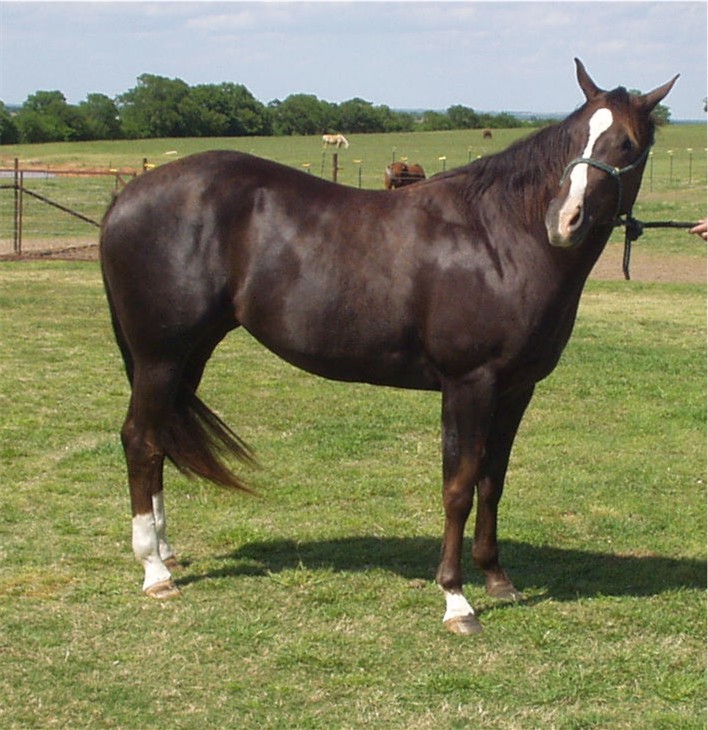
Life in Melbourne, Australia Chestnut
The Chestnut horse is the darker reddish-browns. They can sometimes be so dark that they are confused with a seal brown. The points may appear black but are actually dark brown. A red factor genetic test is required in order to determine which is the dominant color. The association recognizes the flaxen chestnut color.
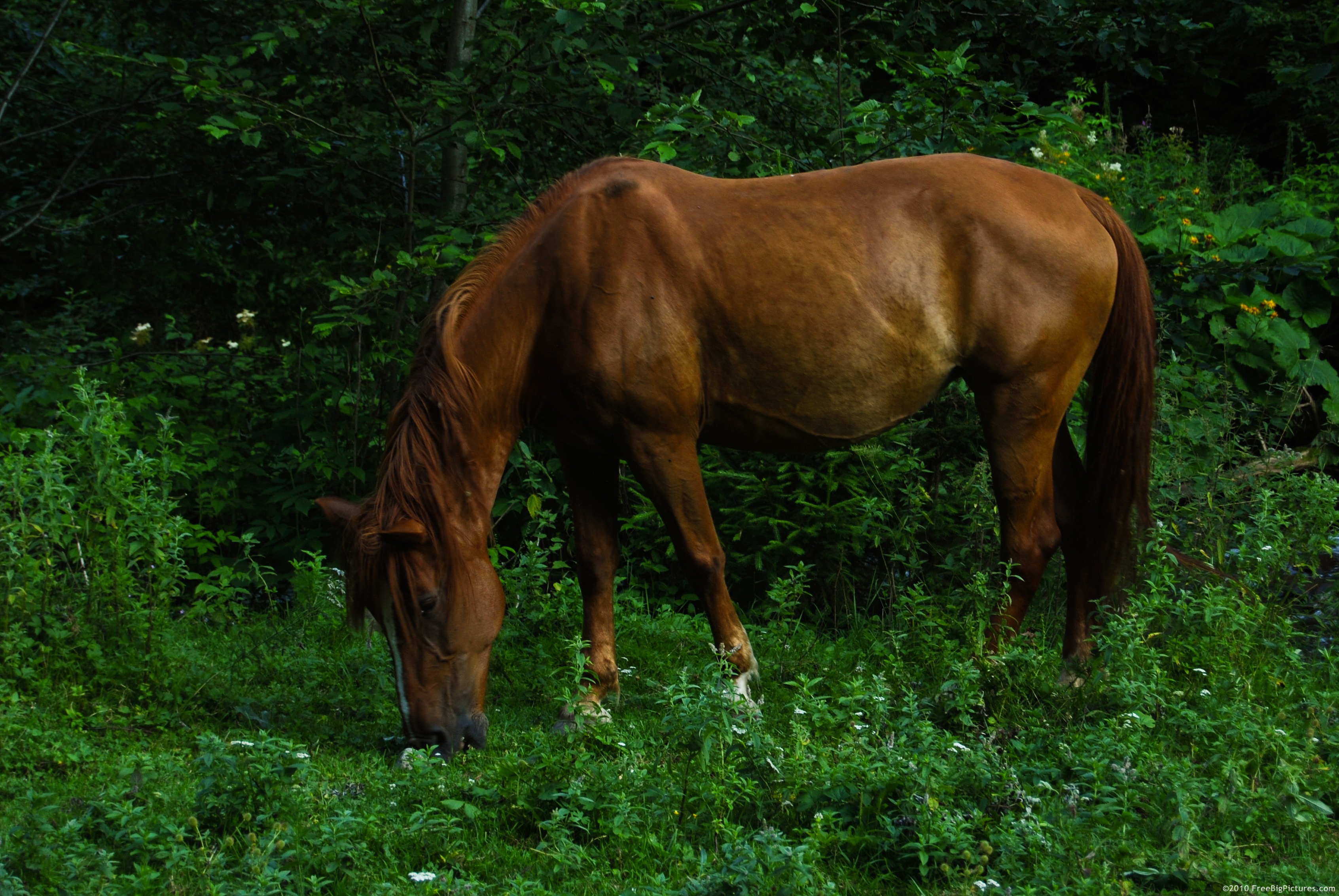
Chestnut Horse
Chestnut is a common coat color in horses, distinguished by a reddish-brown body while the mane and tail are of the same color as the coat or lighter in some cases. Chestnut horses have dark brown eyes, black skin, whereas the mane, tail, and legs can be darker than their coat, but are never black. These horses can also have pink skin with.
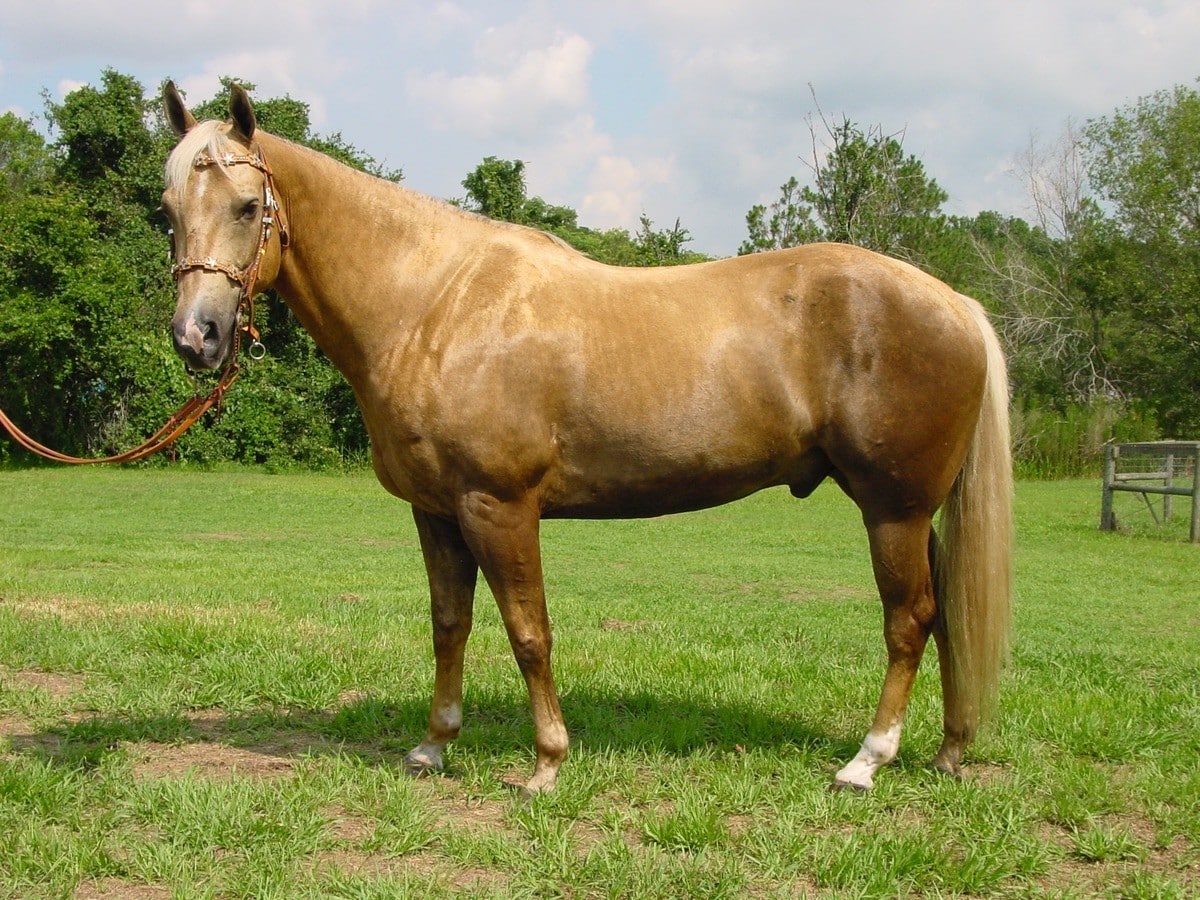
Chestnut Horses Interesting Facts and Pictures Pet Keen
Chestnut is a horse coat color that can vary from dark brown-red in color, to light brassy-copper in color. Chestnut horses typically have a mane and tail that is the same color as their body, but sometimes flaxen (white or beige) is acceptable as a mane and tail color. Chestnut is of the most common horse coat colors and the most boring in my.
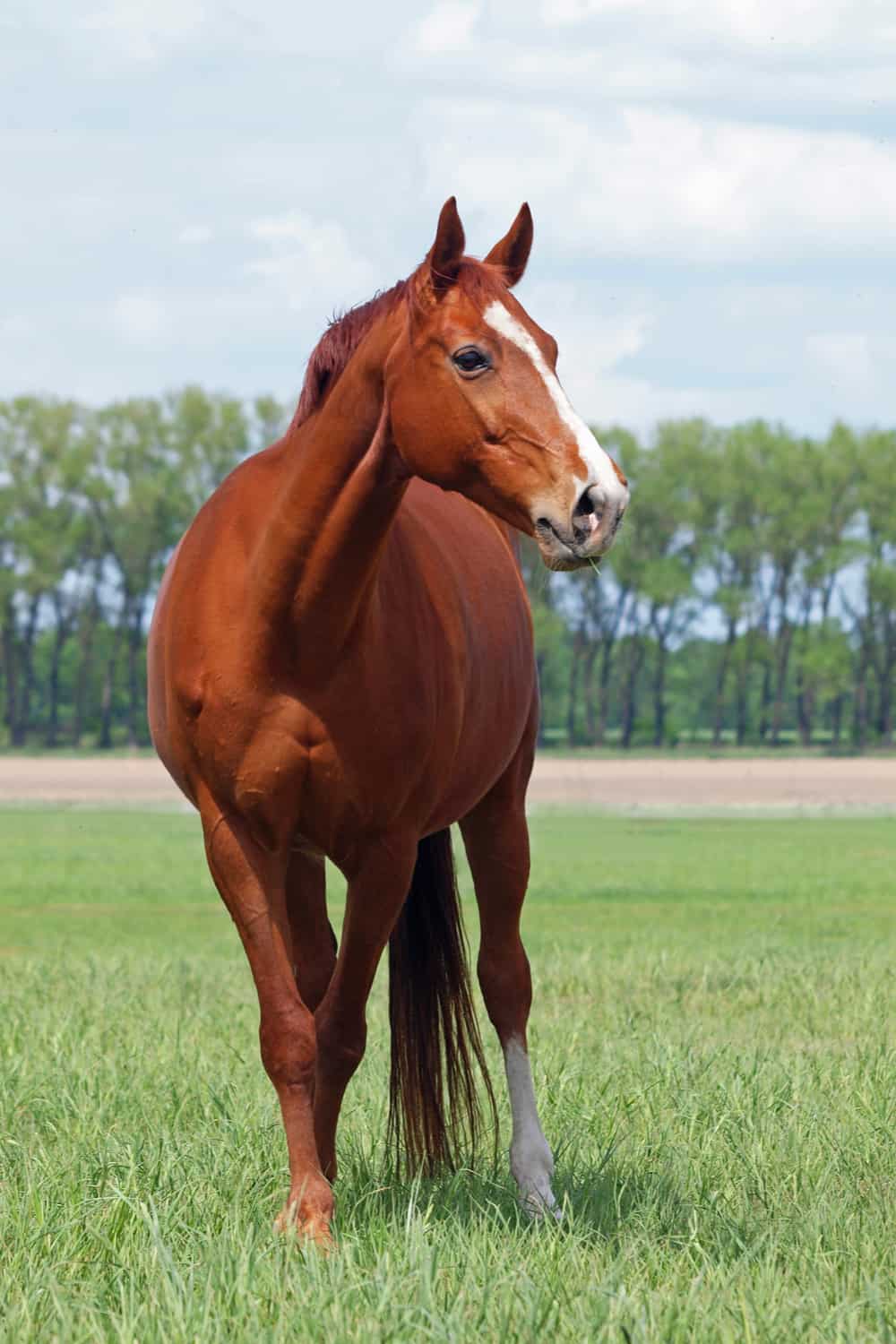
Sorrel Vs. Chestnut Horse How Are They Different?
A Red Rabicano comes with a chestnut base color and sparse roaning coloration on the underbelly, tail, legs, flanks, and head. Basically, this coloration leaves the horse's back in its base color and touches the other areas with red. Most often, this coloration occurs in black, bay, and chestnut horses. Most Common Horse Colors and Coat.
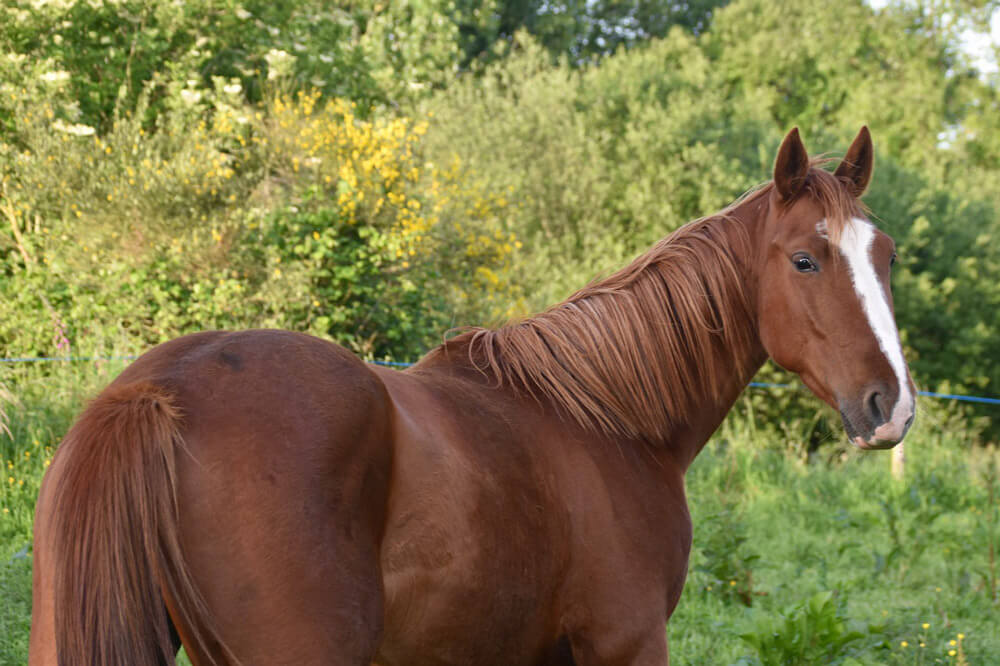
12 Most Popular Horse Colors • Horsezz
Liver Chestnut. Liver Chestnut, commonly referred to as Dark Chestnut, is a dark reddish-brown coat color. Horses with this coat type typically sport either a chestnut body and either light-colored or black mane and tail. One way to identify a Liver Chestnut is by inspecting its mane, tail and legs for points.

201+ Chestnut Horse Names Helpful Horse Hints
The genetic build usually determines a horse's color. Is the Chestnut Horse the Same as the Sorrel Horse? The term "chestnut" is English, while "sorrel" originates from the Western world. The two words imply reddish-brown coats, which exist in multiple shades. Different associations have their standards based on the shade of color and.

All About The Chestnut Horse
Light chestnut: is a term used to describe a pale chestnut, with the mane and tail the same color. Chestnut Genetics. Chestnut horses have an extension locus (E). This gene halts the production of black pigments and causes the production of red pigments. The chestnut extension gene has three alleles: E +, e, and e a. Horse breeds with Chestnut.
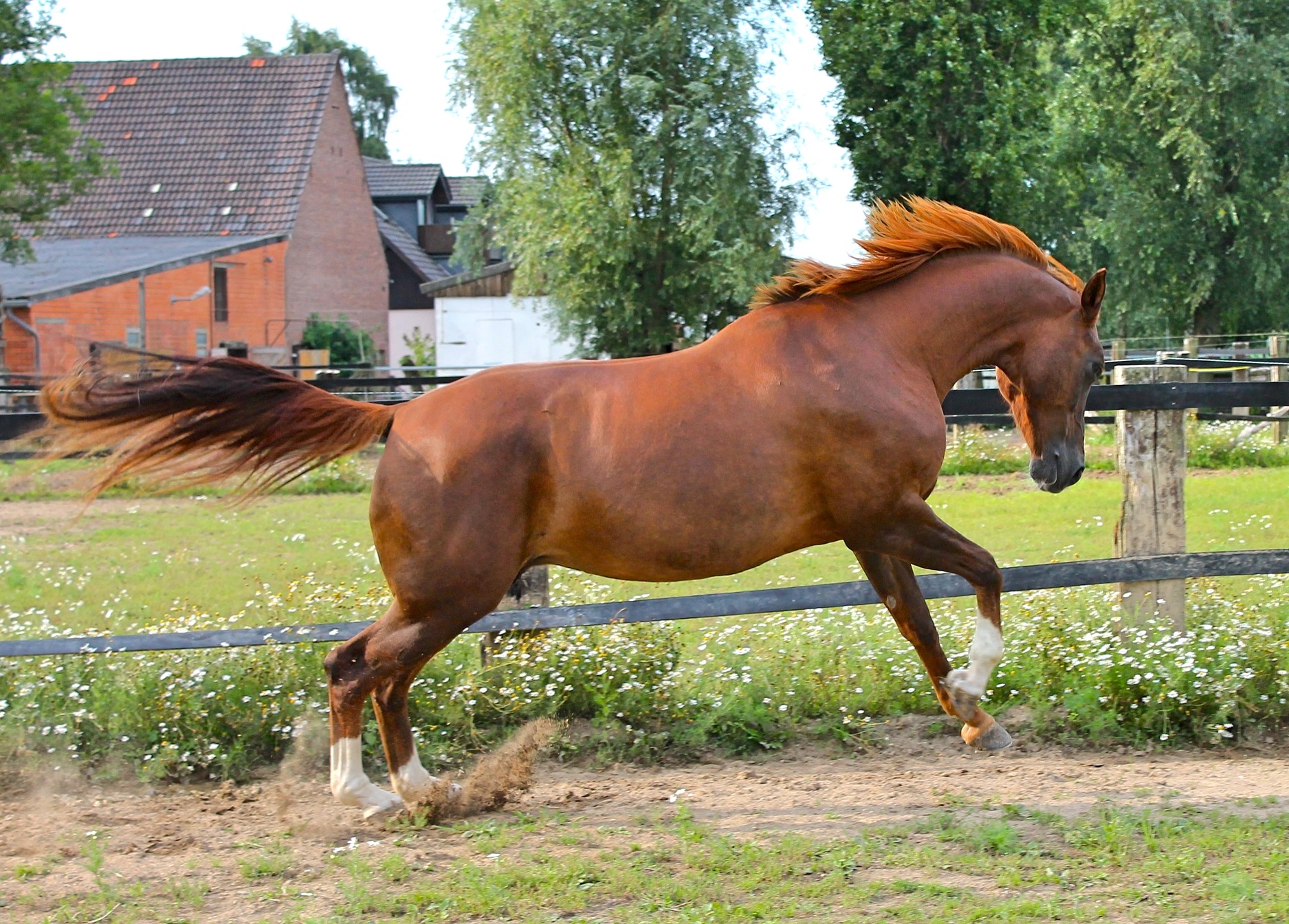
Are Chestnuts really more badly behaved than other horses?
The Chestnut horse color is characterized by a base color that ranges from a rich reddish-brown hue to lighter shades of golden brown. This color is predominantly caused by the presence of a pigment called pheomelanin. The base coat color is often uniform across the horse's body, including the mane and tail.

Are Chestnut and Sorrel Horses the Same Color? What's different?
Equine Coat Color Genetics Base Coat Color. The basic coat colors of horses include chestnut, bay, and black. These are controlled by the interaction between two genes: Melanocortin 1 Receptor (MC1R) and Agouti Signaling Protein (ASIP).. MC1R, which has also been referred to as the extension or red factor locus, controls the production of red and black pigment.

A Horse of a Different Color (and a giveaway!) Petticoats & Pistols
A chestnut on a horse is a coat color, not a breed. It is a reddish-brown color that can range from light to dark. Chestnut horses are common in many breeds and can be found in almost all parts of the world. While the exact shade of chestnut on a horse can vary, it is typically a warm, golden color. While all chestnut horses have similar.

All About The Chestnut Horse
Ringo is a sorrel chestnut American Quarter Horse, a breed hailed for its ability to nimbly maneuver around barrels and sprint up to 55 miles per hour (88.5 kph). They come in almost all coat colors, but this medium chestnut hue is the most common. 14. All Muscle

The quietest moment Chestnut horse, Horses, Horse coloring
Bay. A corruption of the Latin word badius (meaning chestnut or brown), bay horses can be as light as a reddy-brown or as dark as chocolate brown but because their base color is black they always have black points. While the body color of a bay can be any shade of brown there are three main ones: Dark Bay - Sometimes called black bay, these are horses with a very dark brown body color.

Life in Melbourne, Australia Chestnut
Chestnut Horse Color Significance and Meaning. Chestnut horses, with their warm reddish-brown coats, exude a sense of vibrancy and vitality in the equine world. The chestnut color is the result of a specific genetic trait characterized by a reddish-brown body with a mane and tail that can range from the same hue to a lighter shade.

Such a color Chestnut Horse, Brown Horse, Blue Horse, Most
This color has the same visual effects on the horse's appearance as hunter green does. The main reasons I think this color looks GREAT on chestnut horses include: The fact that you will stand out from the crowd because of the unique colored tack your horse is using; This color doesn't stain easily so it still looks great after years of use

Shady Lil Starlight seznam hřebců Pretty horses, Unusual horse
Many equine colors and markings exist in the world today, with countless shades and combinations that make every horse unique. The most common horse colors and patterns are bay, chestnut, gray, black, pinto, and dun. A horse's color is determined by many factors such as breed, genetics, age, and even season.
Chestnut Thoroughbred Color
Chestnut Horse Image Credit: Pixabay. The look of chestnut-colored horses is a bit tricky to determine. The manes and tails are often chestnut-colored, though some feature a deep maroon color mistaken for blacks. Typically, the chestnut horse color features brown hair with golden brown or reddish-brown points.